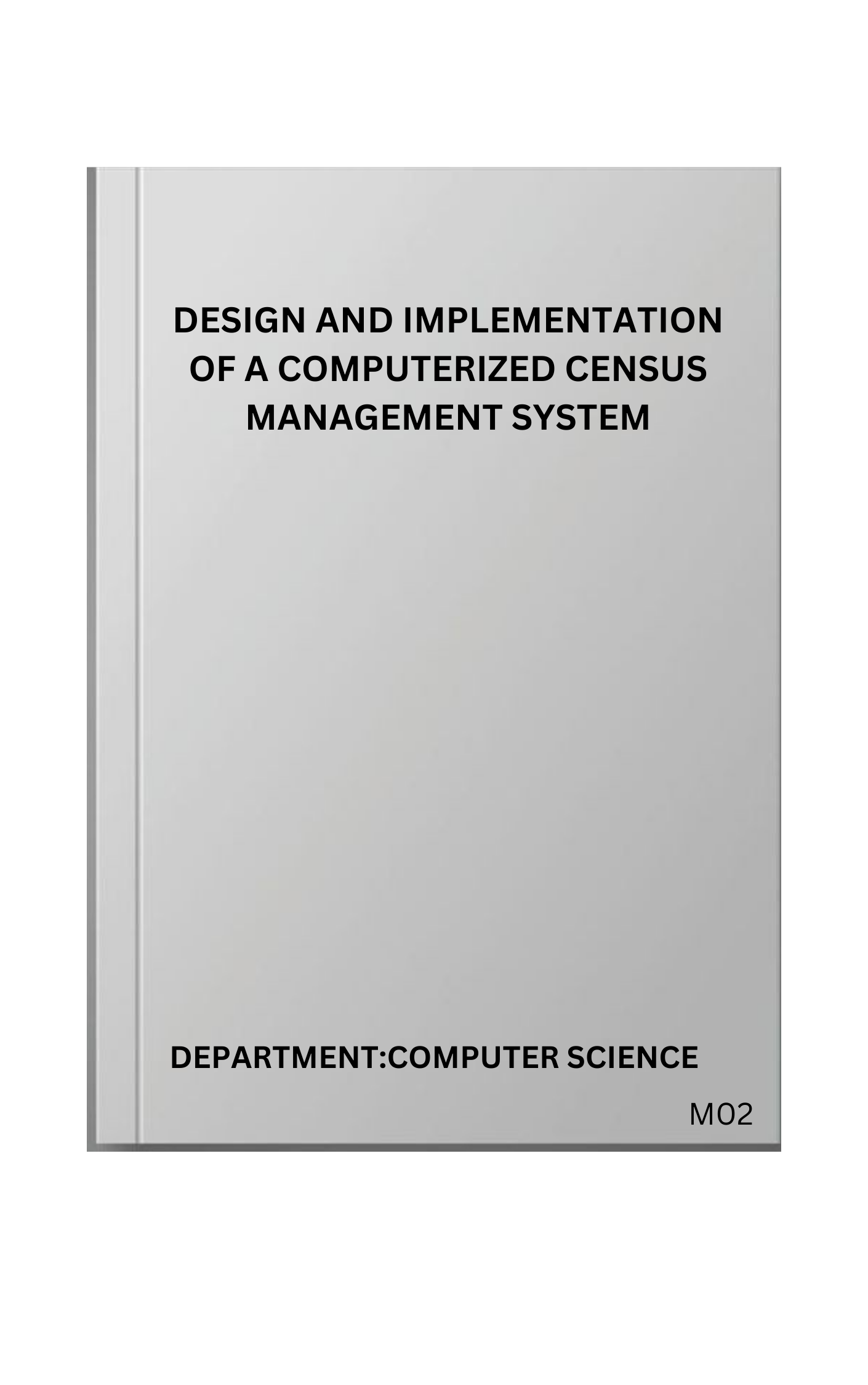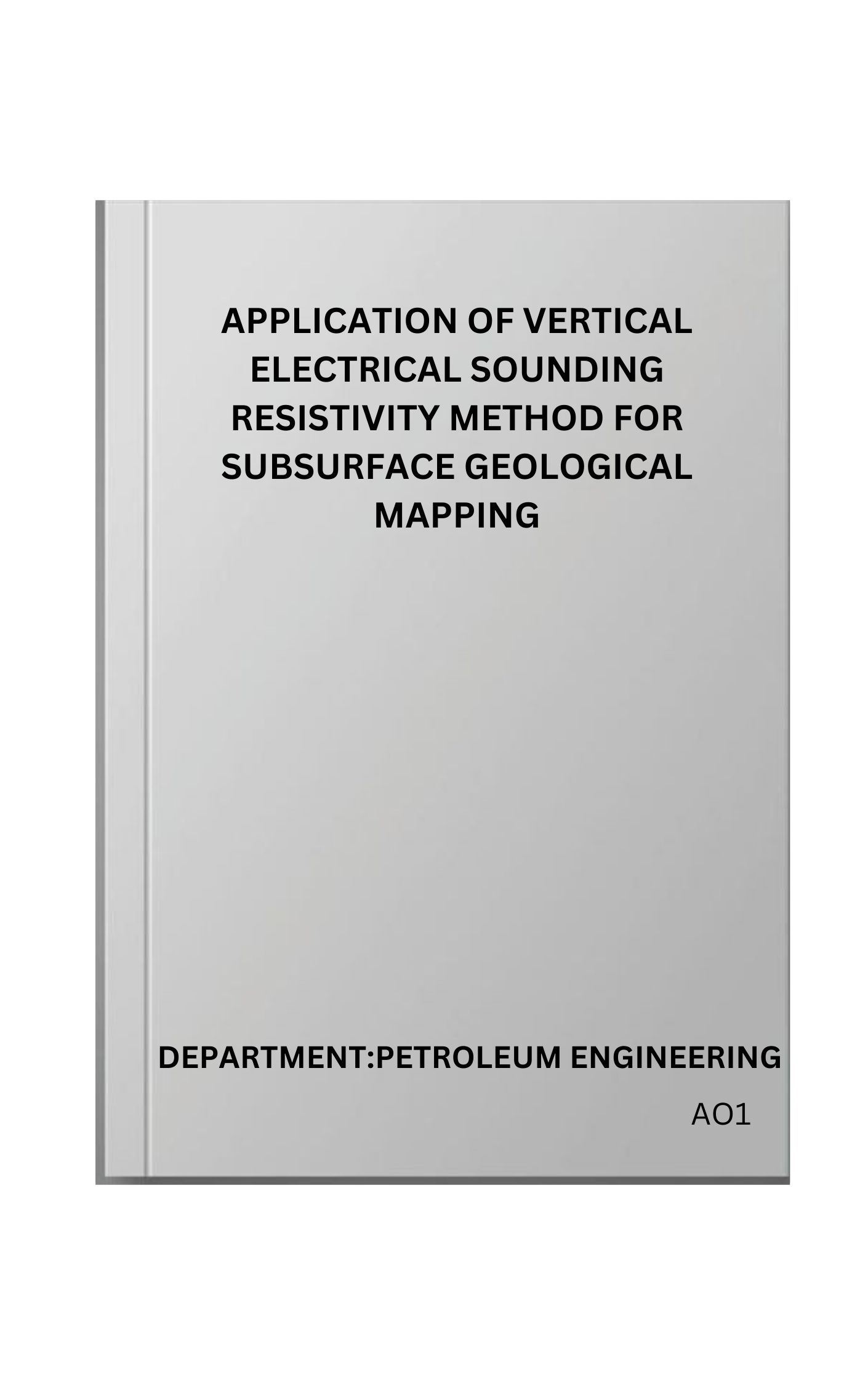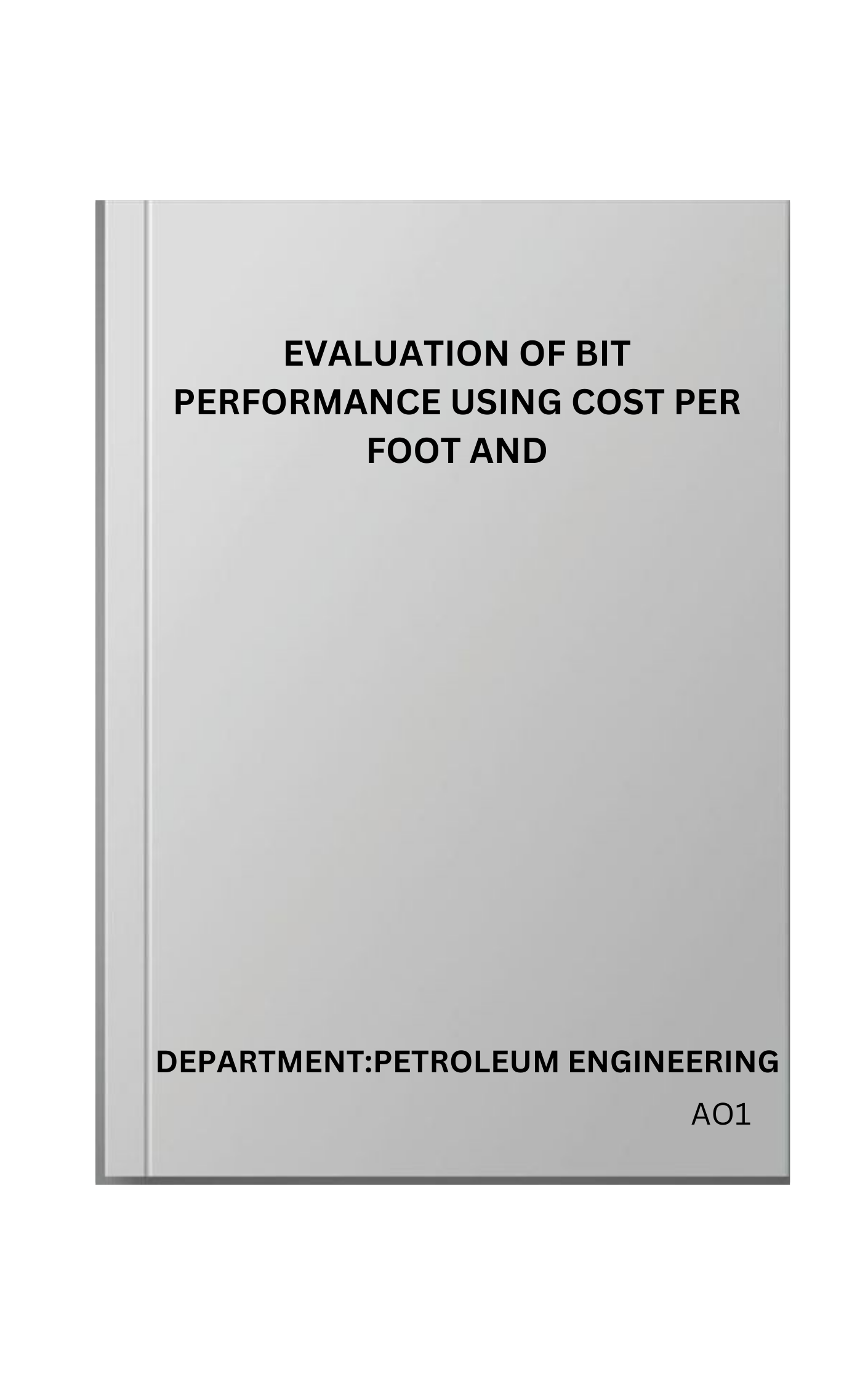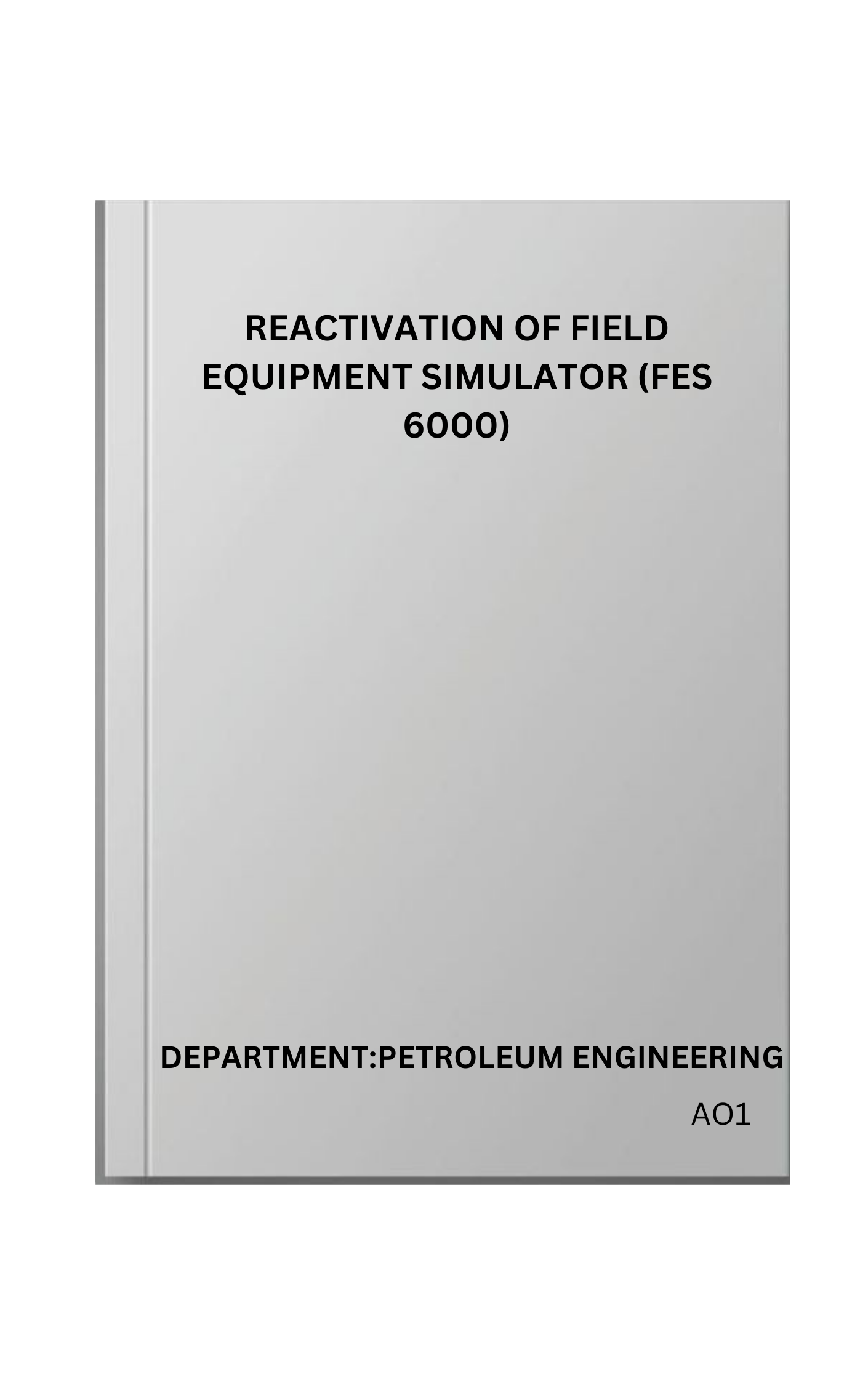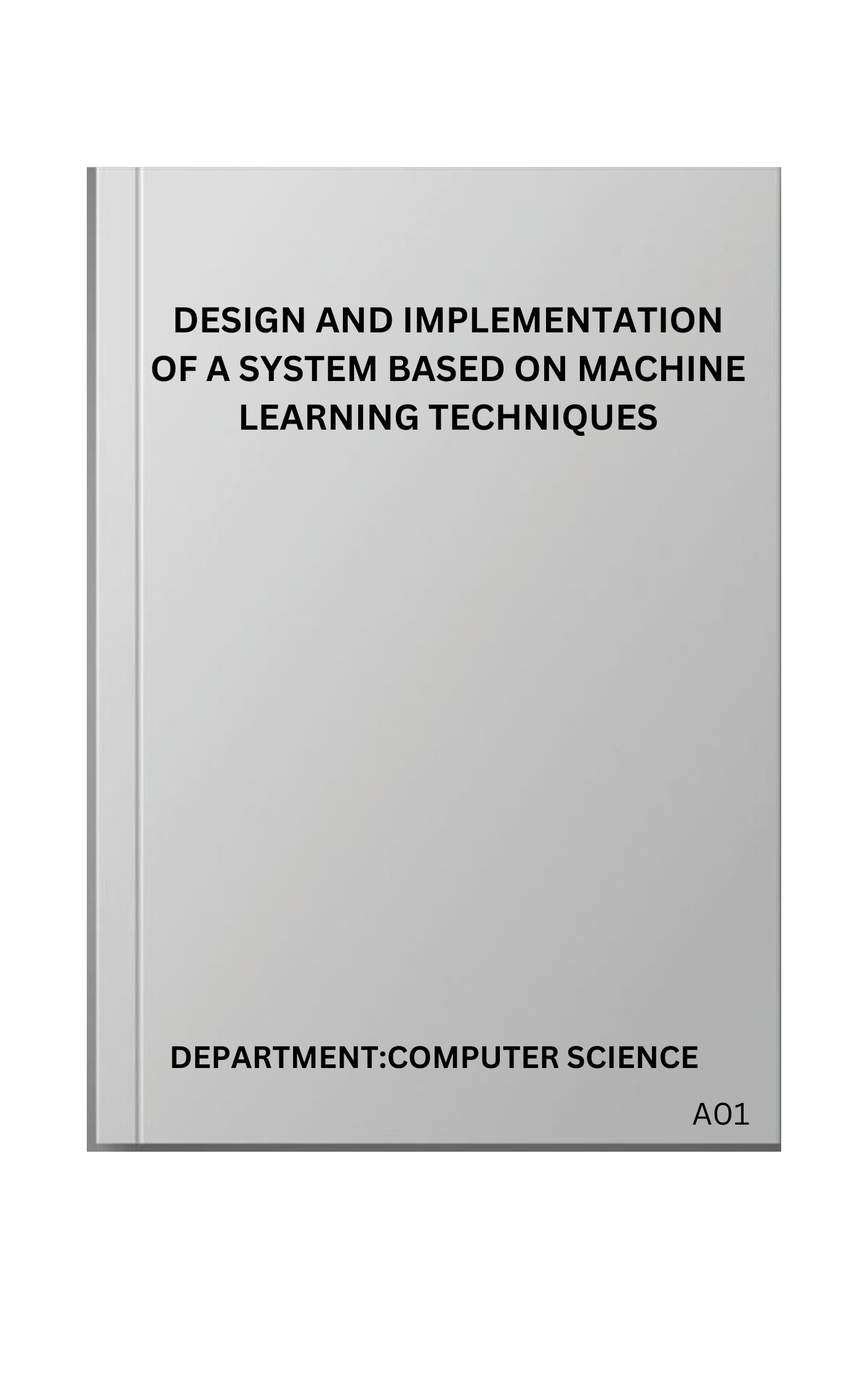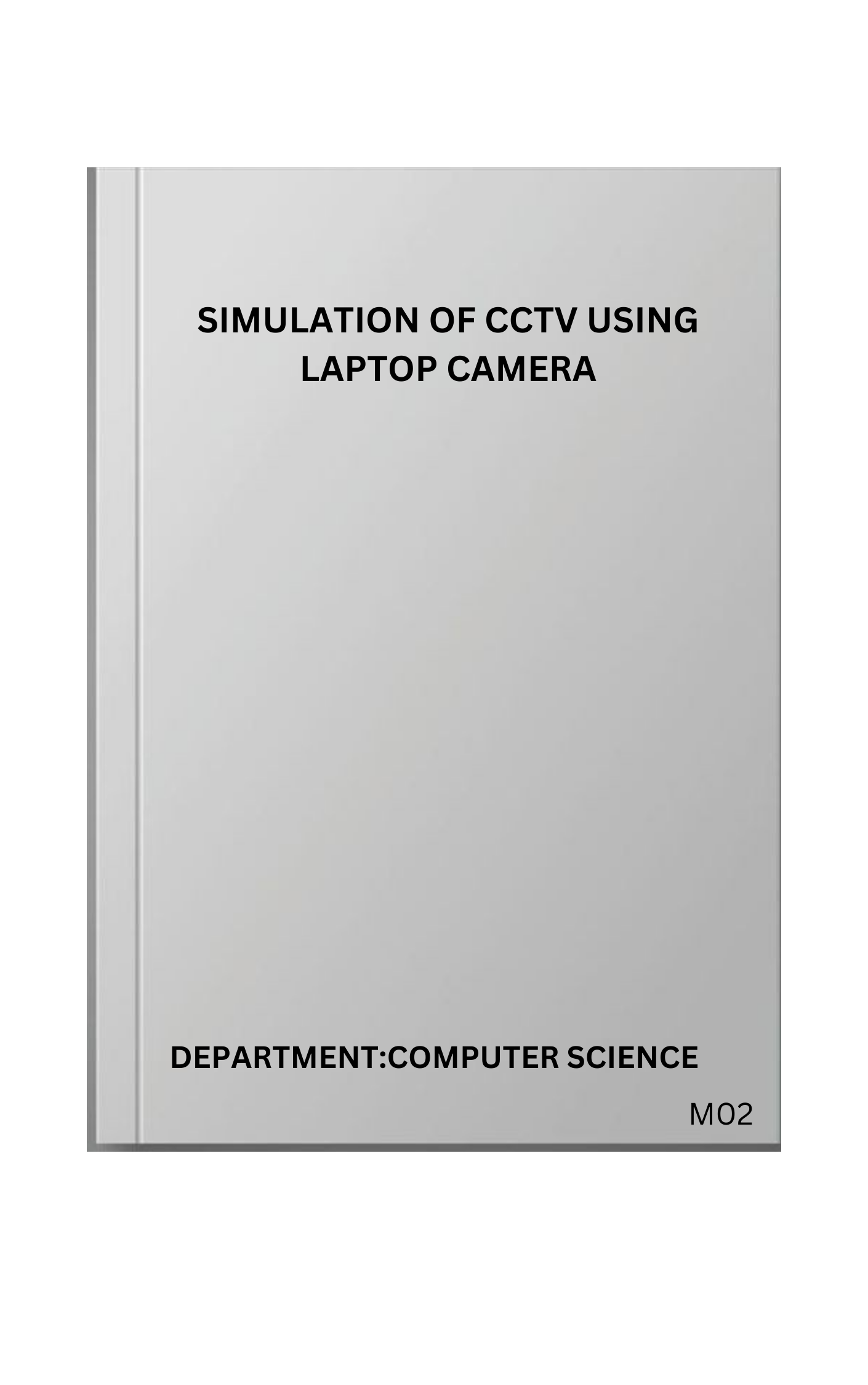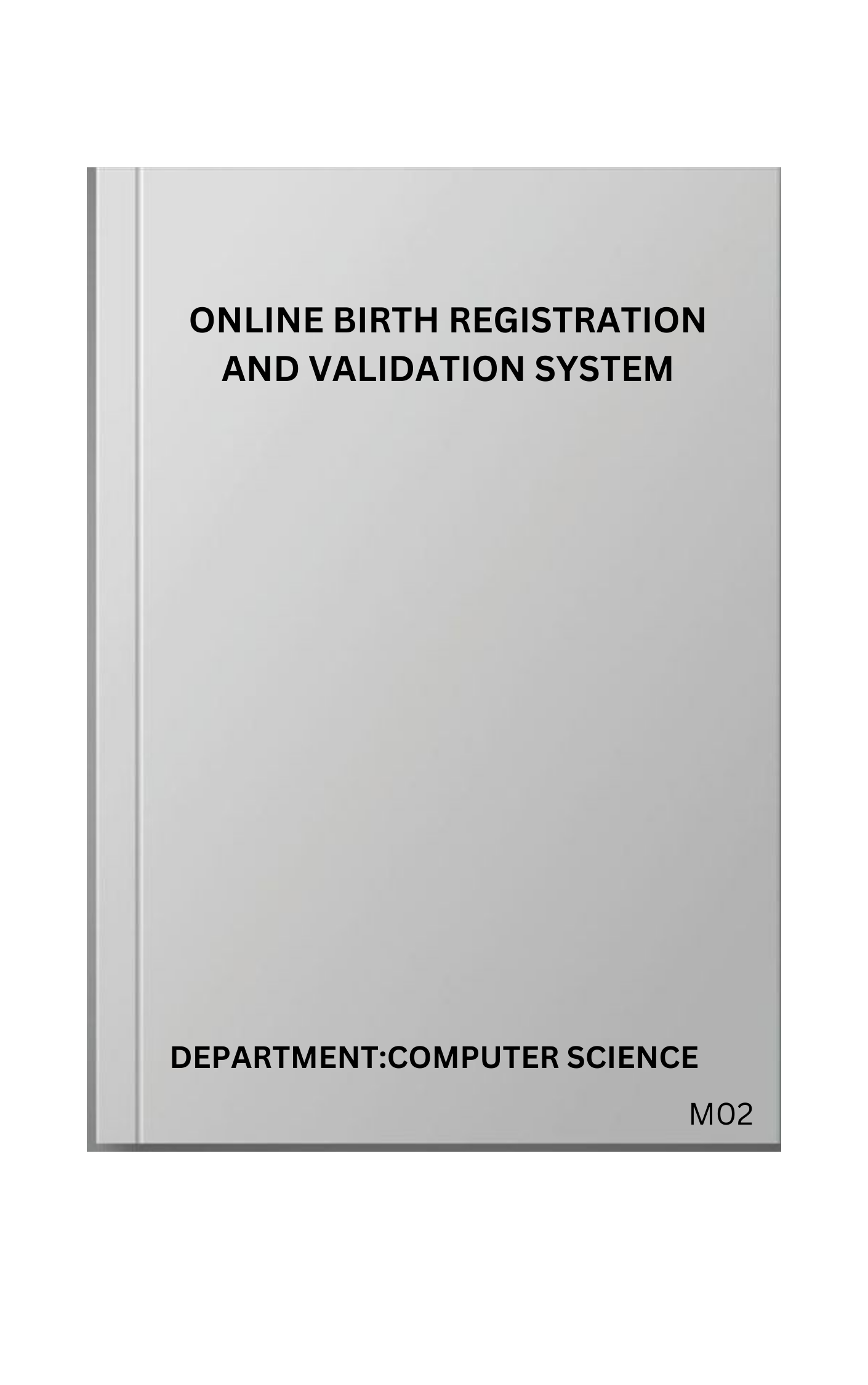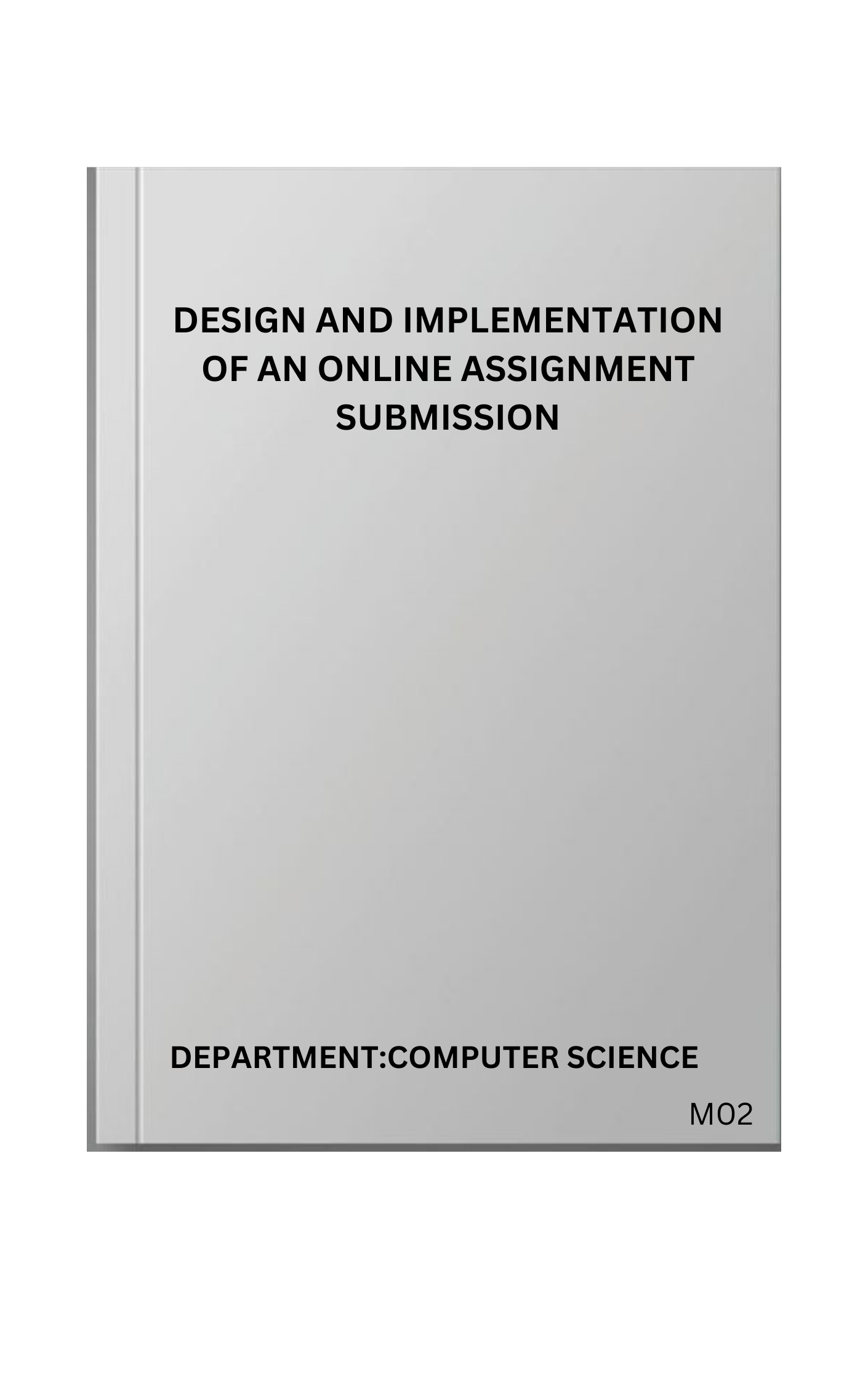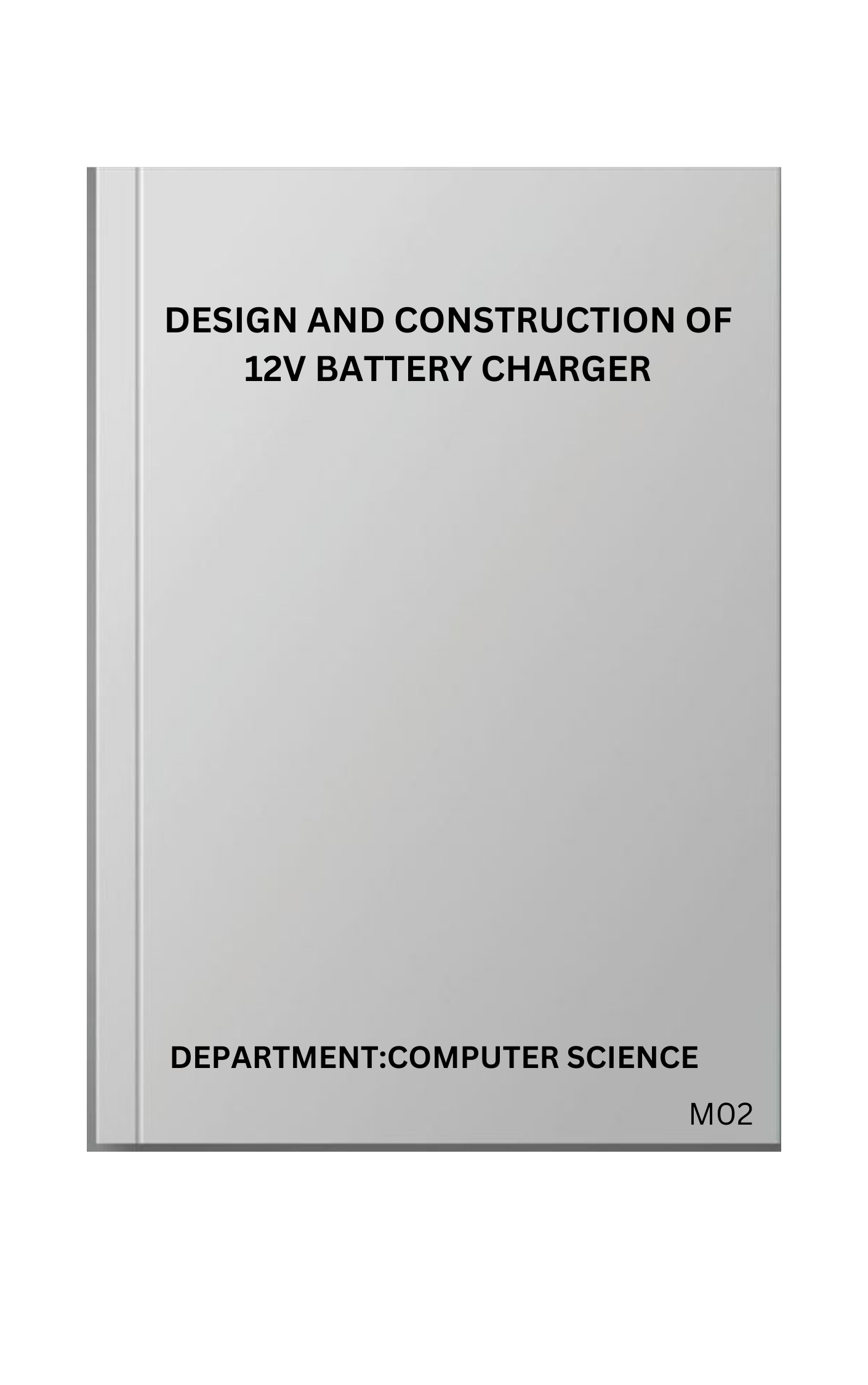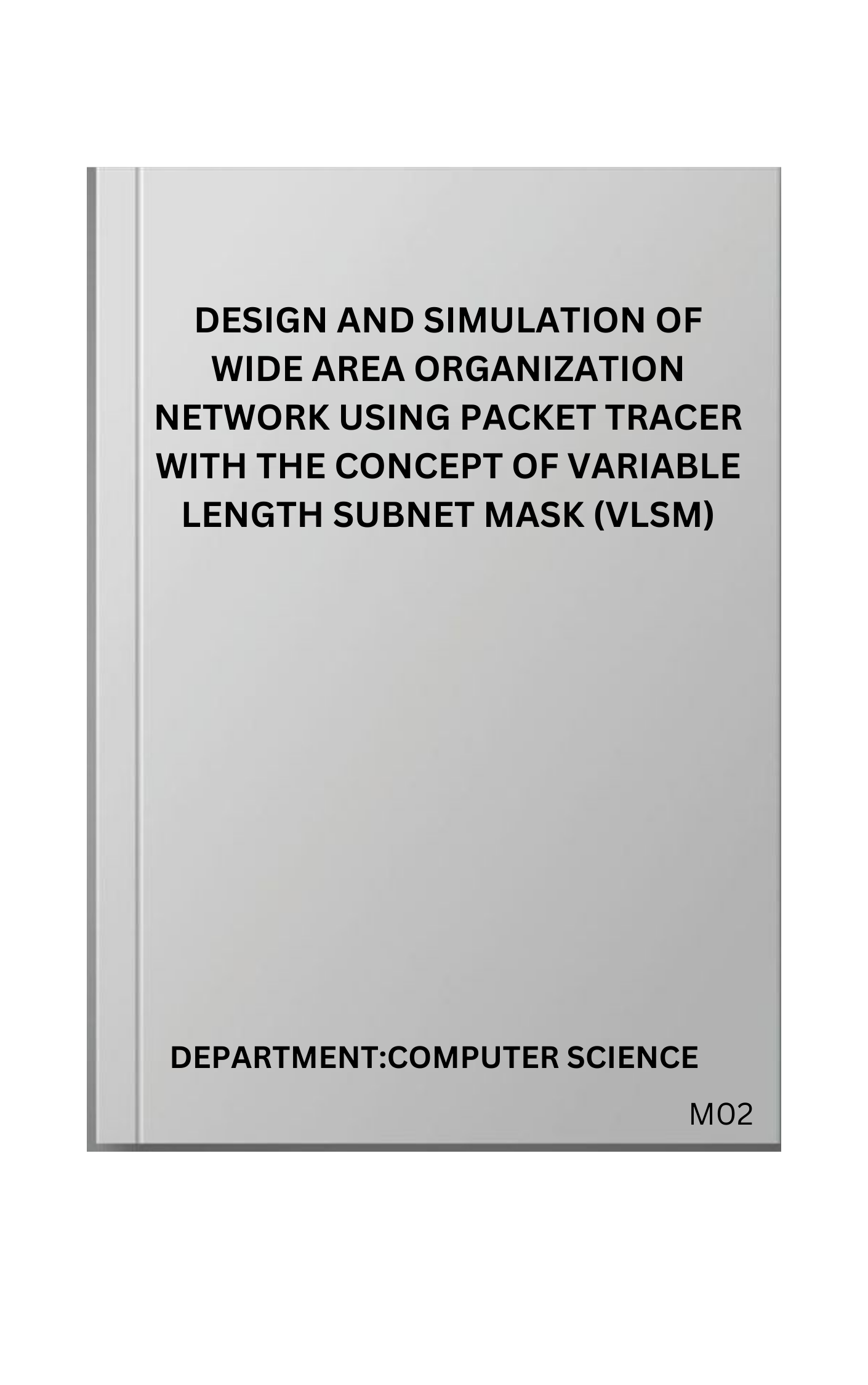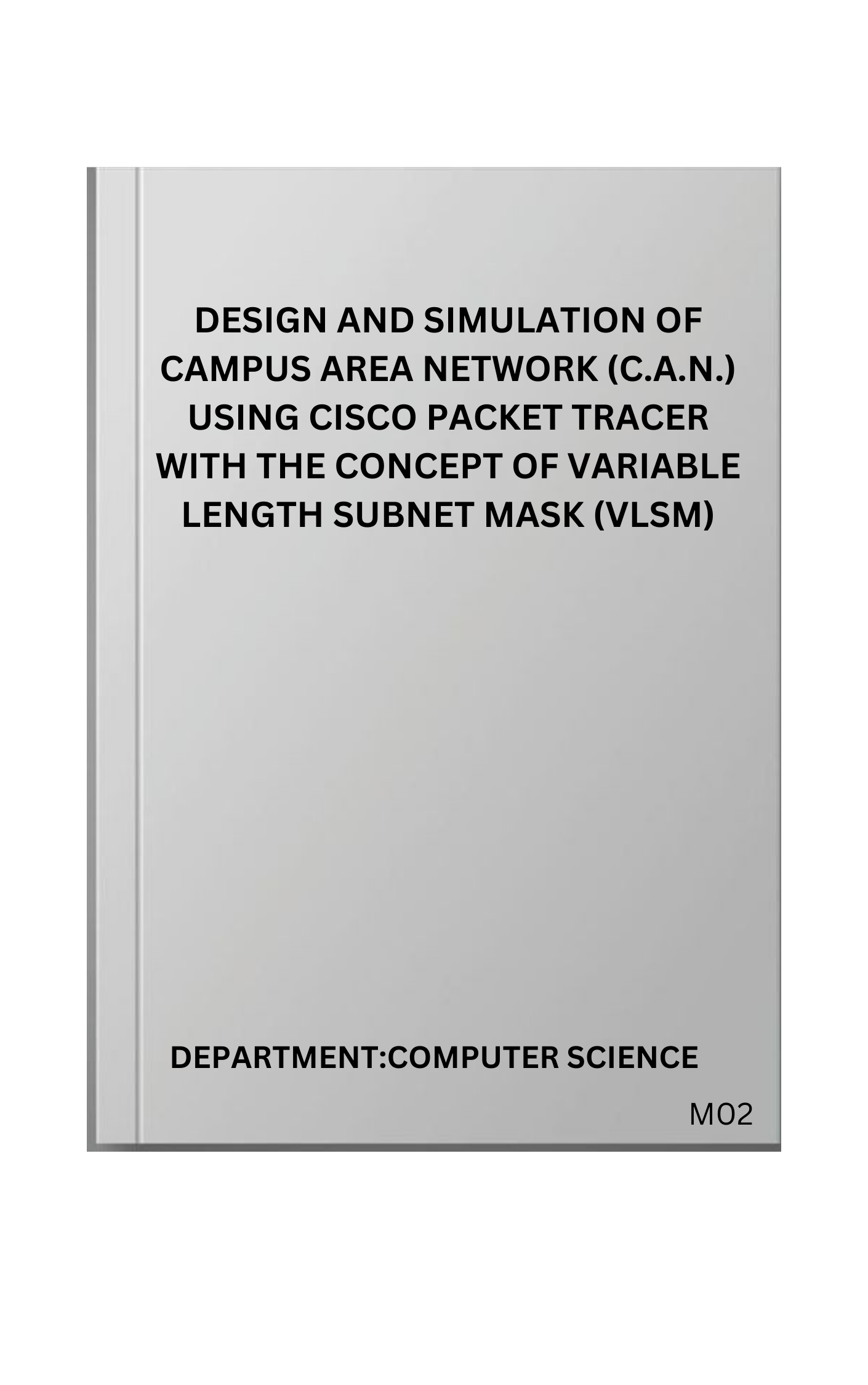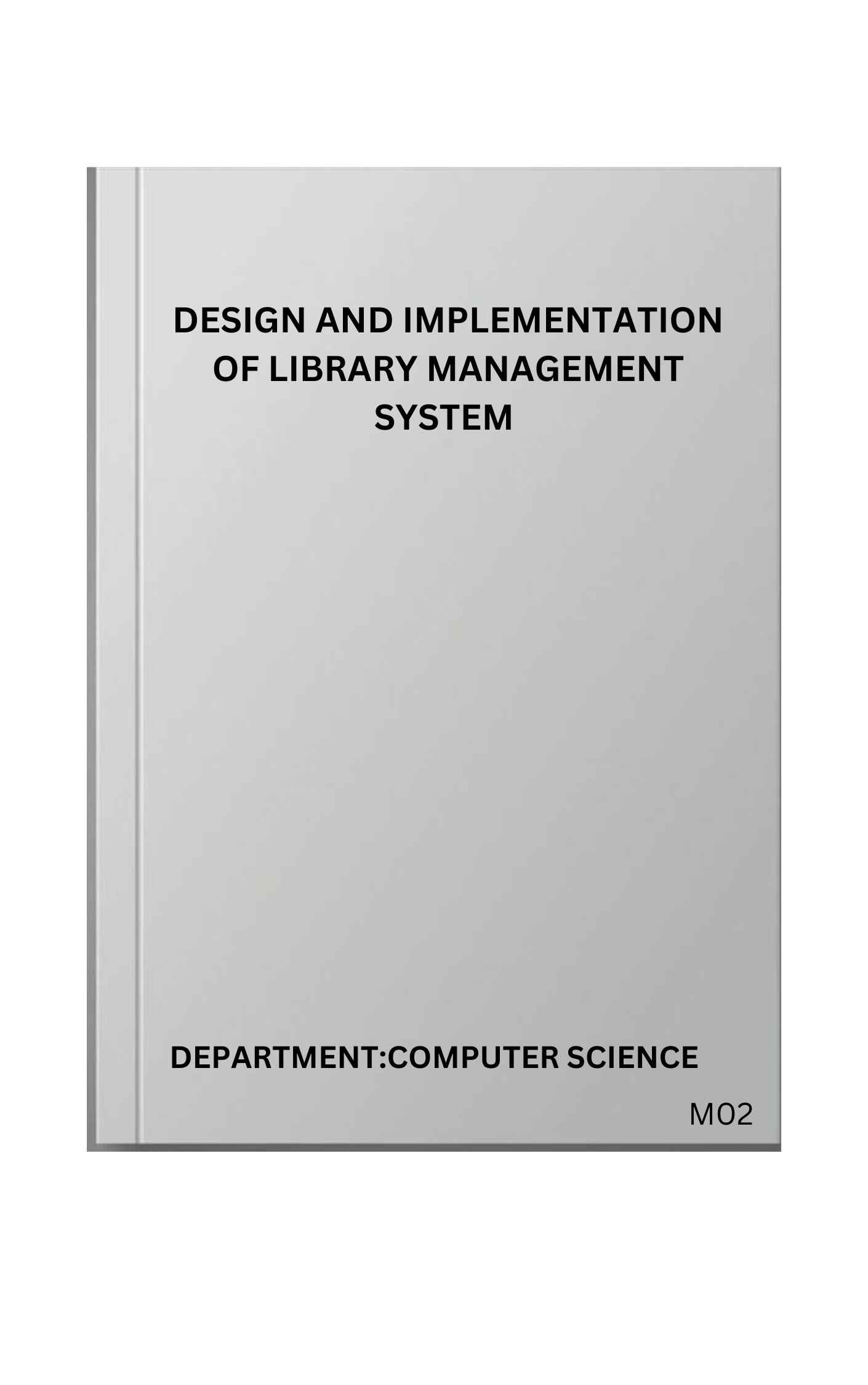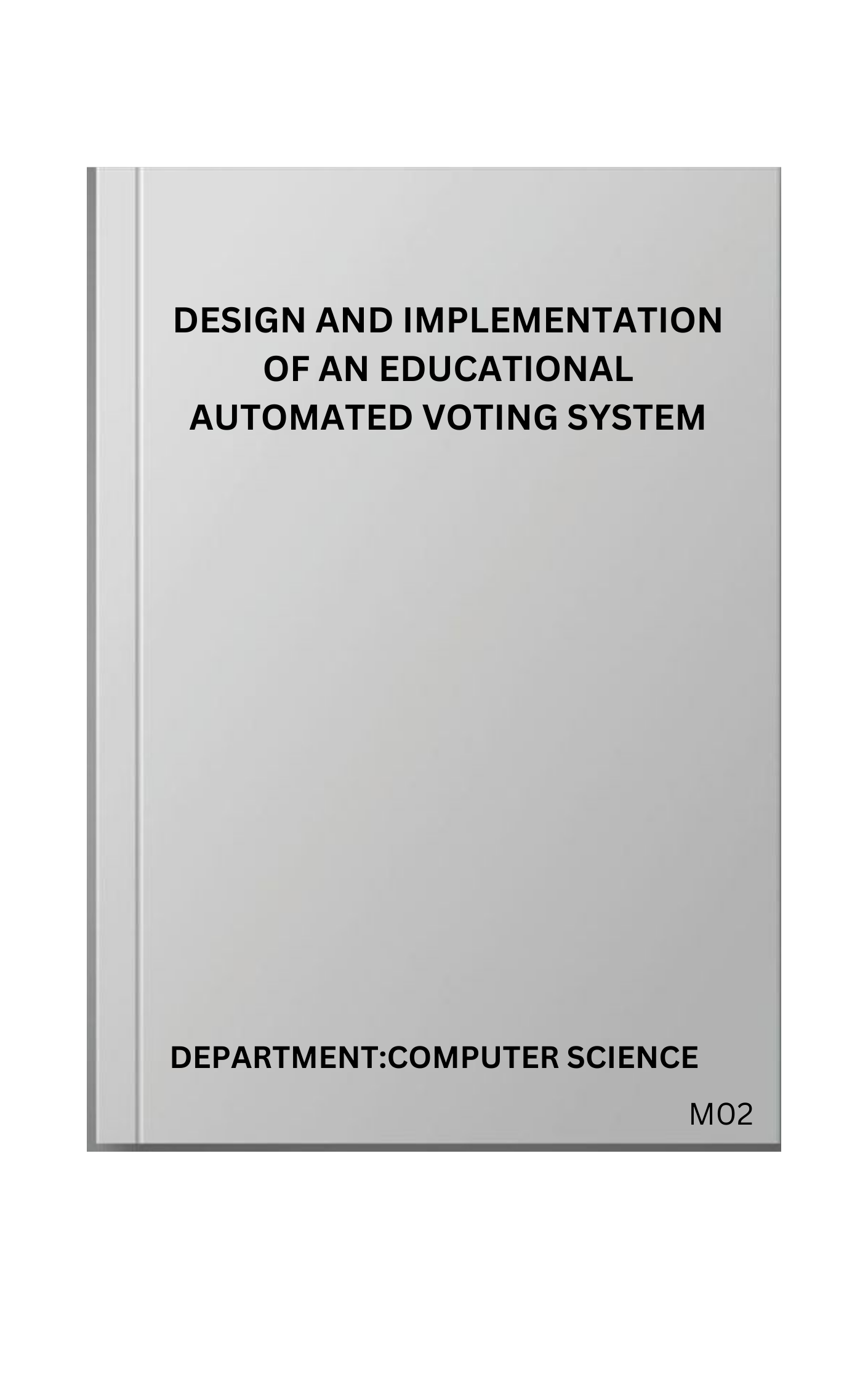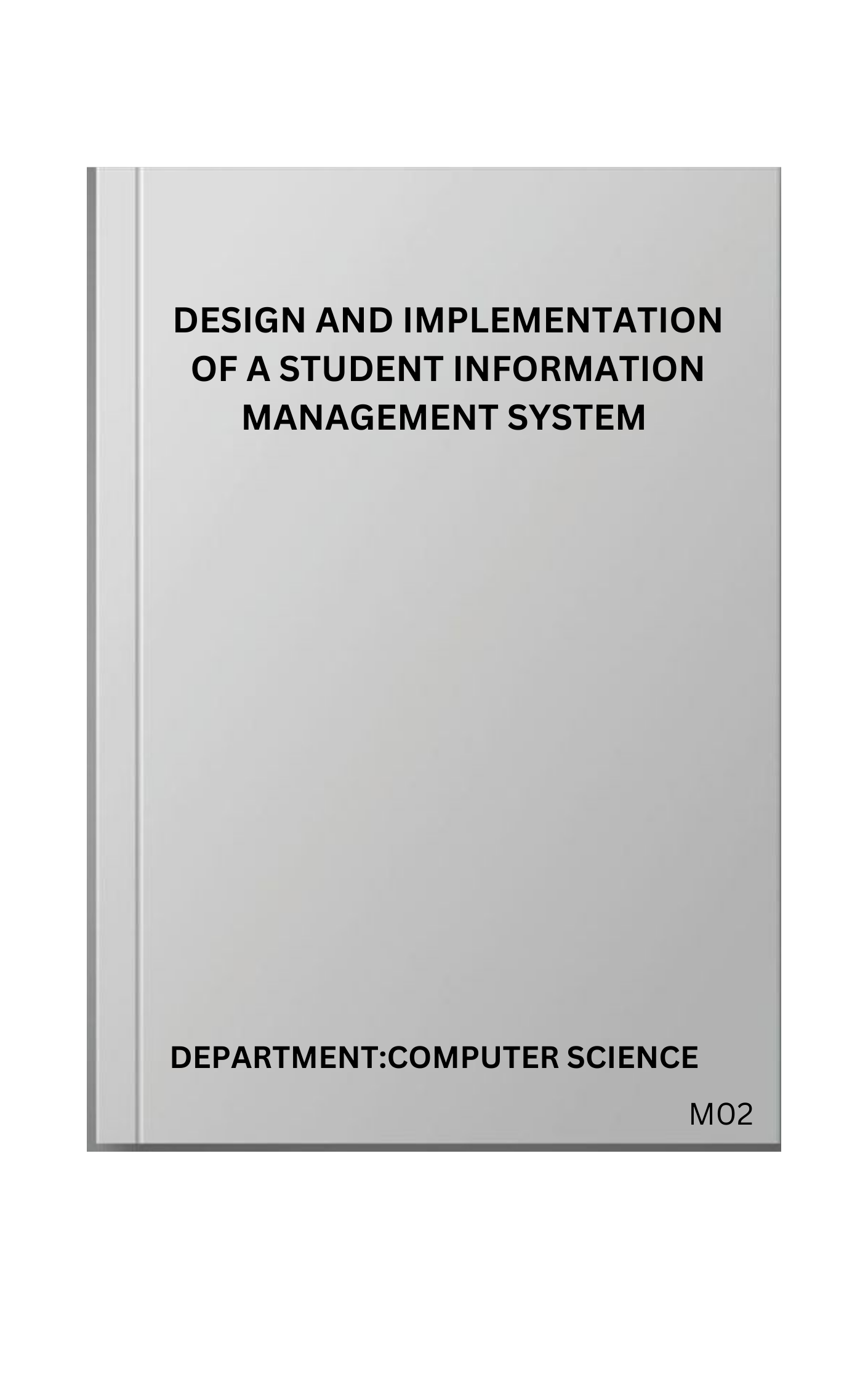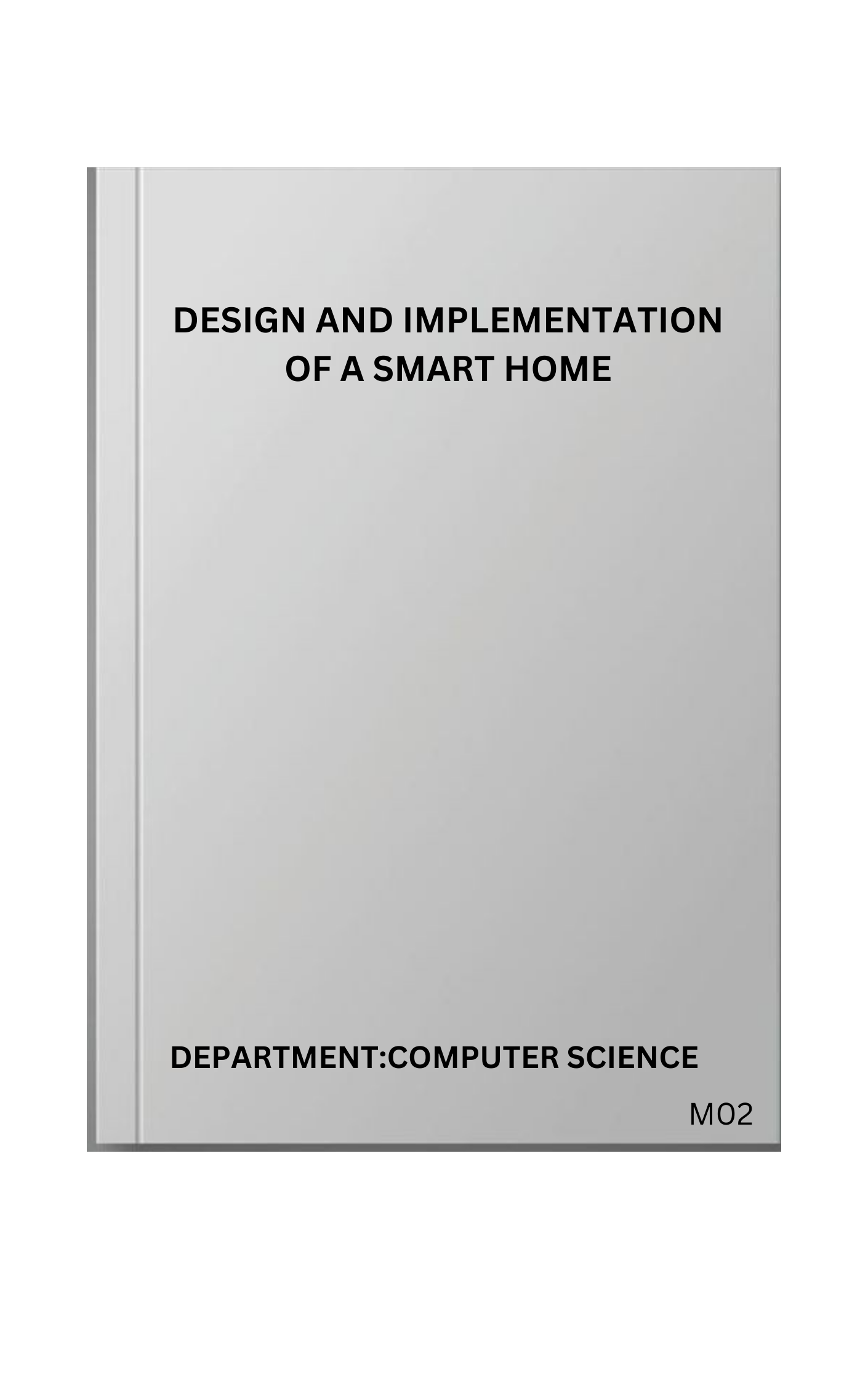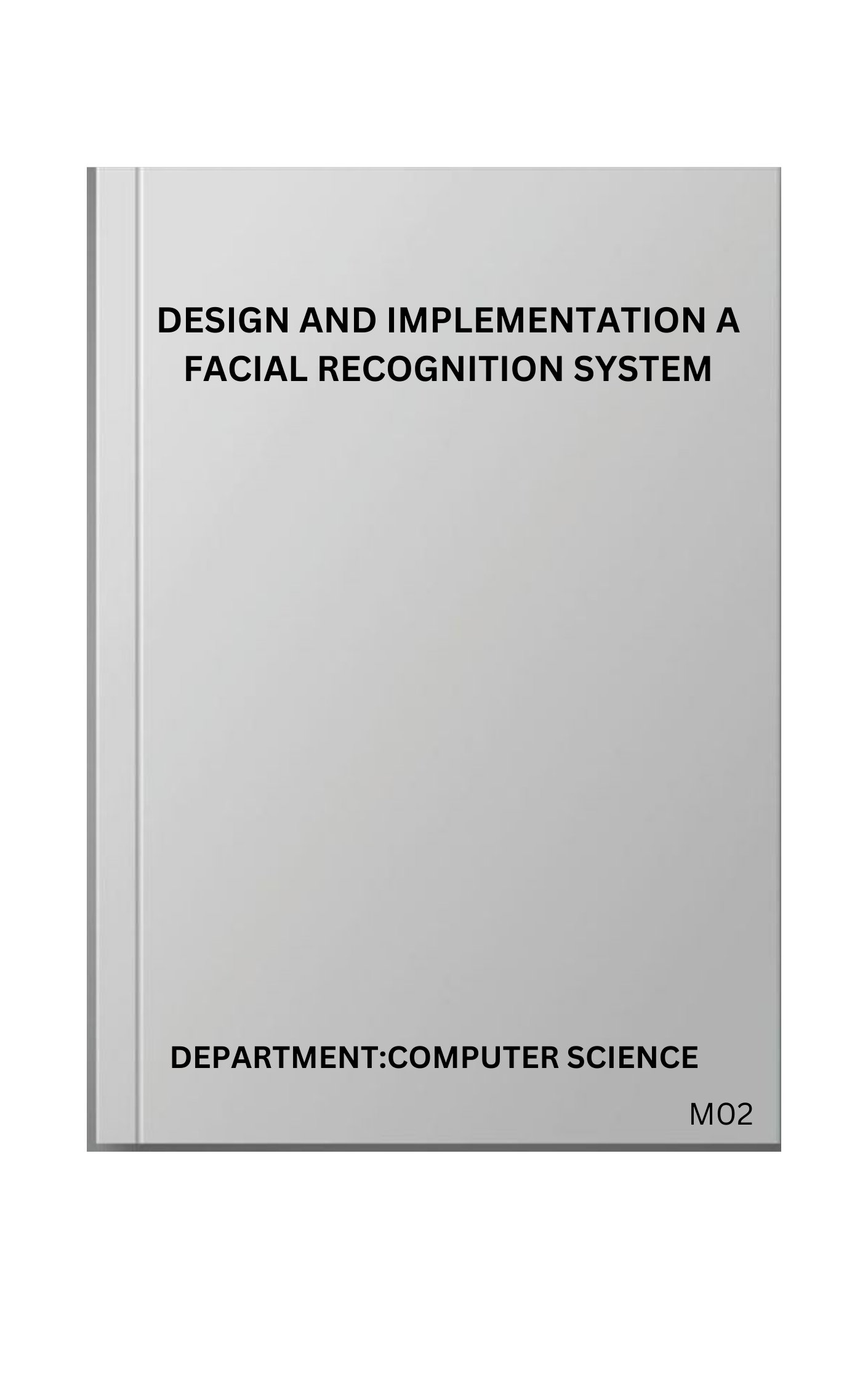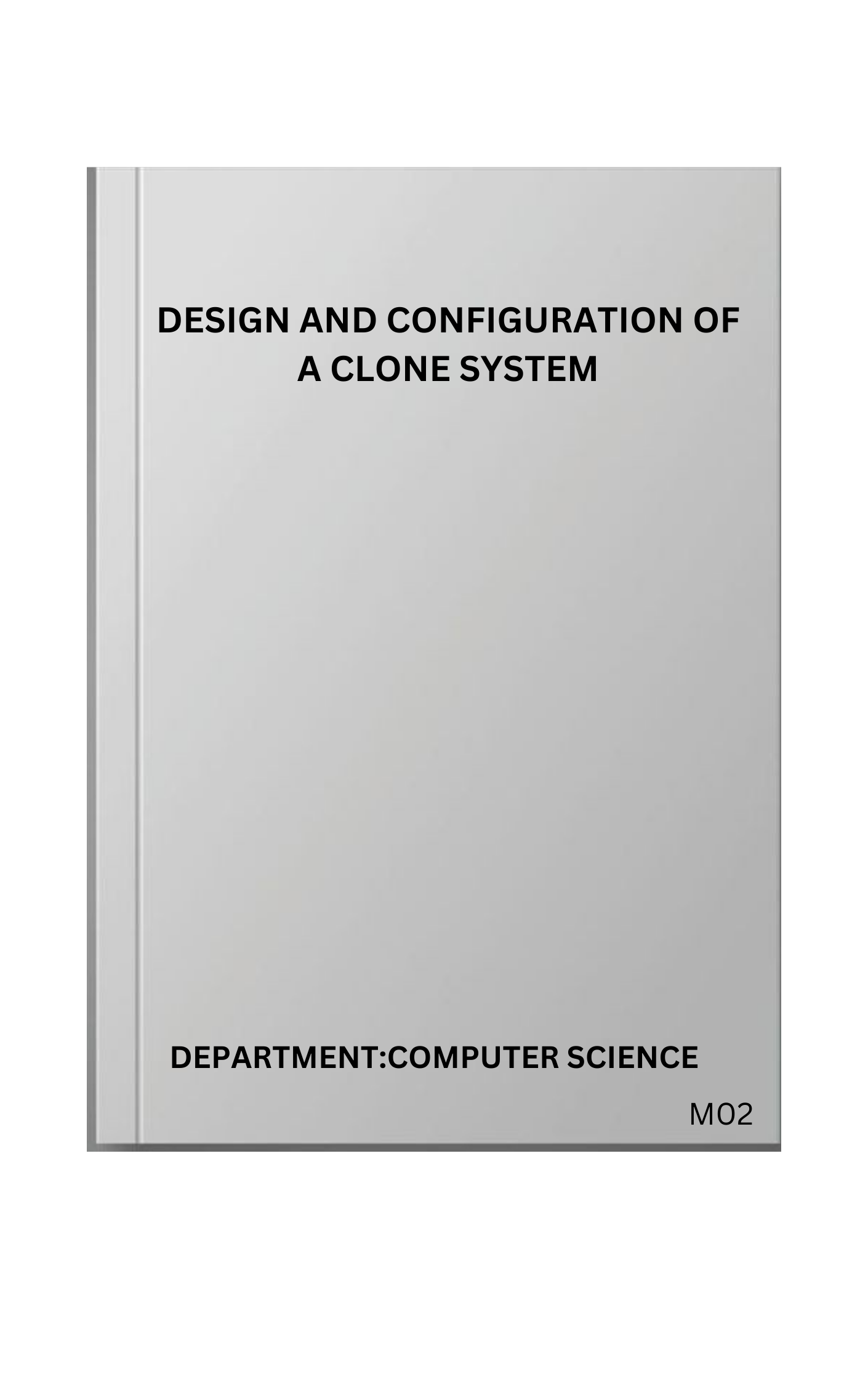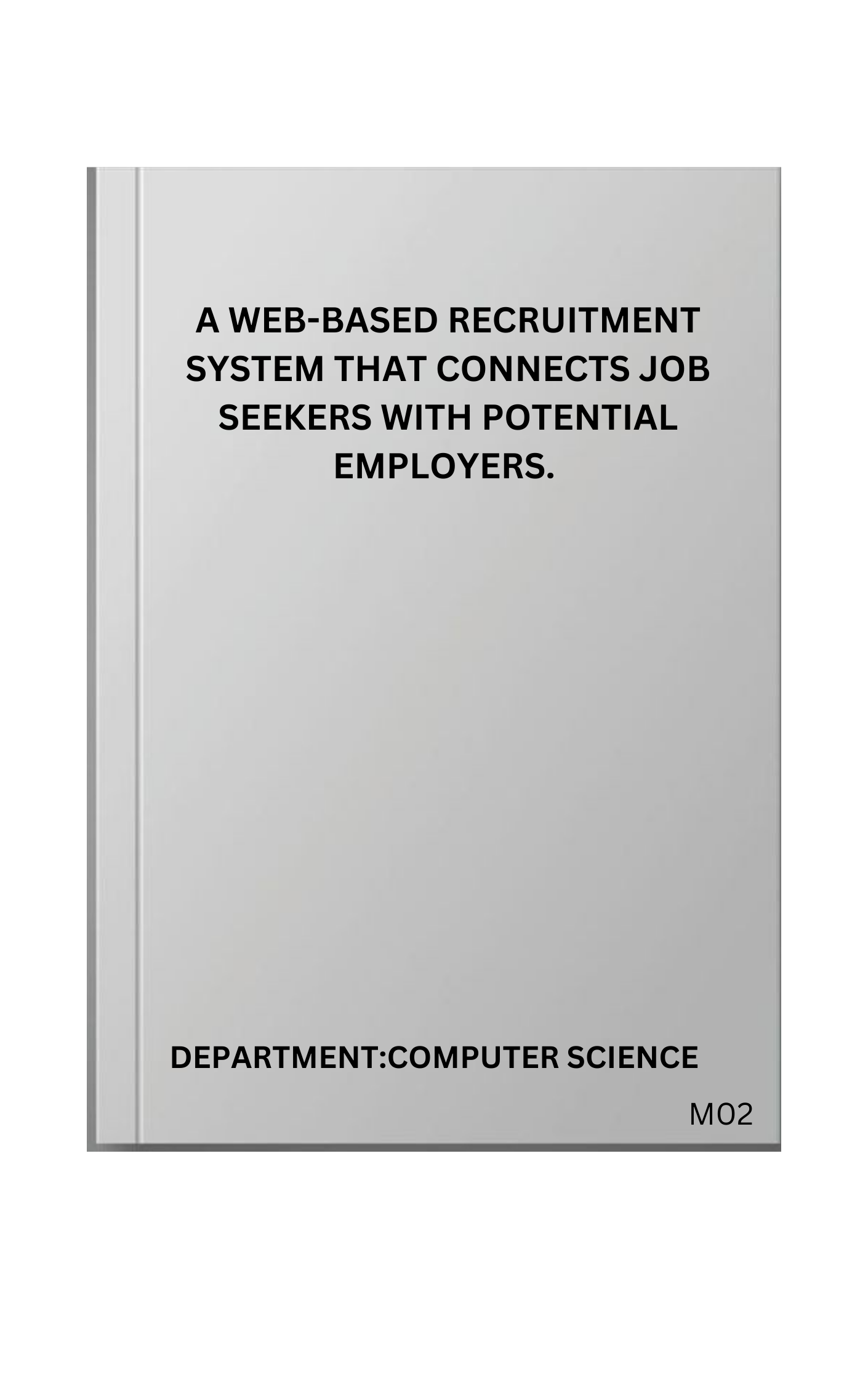CHAPTER ONE
INTRODUCTION
1.1 BACKGROUND OF THE STUDY
Census has been a reliable exercise from time, from where government rely for decision-making, and aids for administration and planning. According to Robert M. Groves, (2010) Director of the United States Census Bureau; “Just like we cannot survive without roads and bridges, the country does not function well without an updated census to distribute funds to areas that most need them and to support community decisions and their own future.”
The increasing complexity of modern life means a greater need to plan housing, schools, roads, transportation, and a vast range of social and economic requirement for nation. This cannot be done without a detailed count of the population. Census is being officially managed by some organizations or government, for example the National Population Commission (NPC) Olugbenga (2011).
The installation of computer in these organizations or bodies that manages census information will assist not only in fast-recording information but also in solving certain problems, which cannot be easily resolved manually. The human resource of any enterprises are considered to be their most valuable assets, if they are properly harnessed and are well motivated to perform their assigned tasks in such a manner as to enhance the enterprises goals and objectives (Robert, 2010).
Therefore, adequate population records will provide all the necessary information that is associated with people, which include the size of the population, age structure, educational attainment, labour force and socio-economic characteristics, unlike in the manual method which makes access to data and information very tedious. The integration of different databases so that these databases can be merged and processed together and mainly other reasons, prompted the researcher to develop software for this organization, National Population Commission (Fred et all, 2011).
Census taking in Nigeria can be traced to have started from as far back as 1966 after the colonization of Lagos by our colonial masters. Since then, there have been several attempts to count Nigeria population. However, these censuses are characterized by some difficulties and deliberate and ill-minded attempts to inflate population figures; just in favour of one geopolitical zone or the other. This does not and cannot represent the nation‟s image as regards to human population. As a result of this, the National Population Commission (NPC) was established using the Decree No. 23 of 1989. The brain behind this was to have successful censuses each time and as well accurate demographic data. It is no doubt that this Commission (NPC) was vested with a lot of powers and functions some of which are;
To undertake the periodic enumeration of the nation‟s population through census, sample surveys, etc. To establish and maintain the machinery for continuous and universal registration of births and deaths, to collect, collate and publish data on migration statistics, to reach and monitor national population polity and set up national population information data bank. Unfortunately, Nigeria still relies on foreign statistics population information data bank for most of their population estimation (Chukwudi & Udenze ,2005).
Population census is the complete process of collecting, compiling, evaluating, analyzing and publishing demographic, economic and social data of all persons in a country or area at a specific time. To make a successful census exercise, the people for whom the arrangement has been made must properly be educate and fully informed about the arrangements (Amorji, 2013).
In other words publicity, public enlightenment and education on the subject of census are unavoidable pre-conditions for a successful exercise. This duty though significant, is only additional to the National Population Commission (NPC) Akinyosoye (2009).
1.2 STATEMENT OF THE PROBLEM
In ancient days, National Population Commission (NPC) usually process their data or records manually, which makes the whole work so boring, delaying and cannot keep up to date records or data. Storage facility was too poor and cannot give a genuine and accurate result at the end of the exercise because they will be carrying data from one place to another. There is always a tendency for NPC to lose their records and data collected during the programmed and their result cannot be accurate or reliable at the end of the exercise (Nyandiere, 2007).
Since this has been their problems before now, there is a way out before 2016 population census begins, which is to set up a competent computer for the storage of information gathered by designing a data base system for their used. This data base system will solve their problems of saving, retrieving, and compiling, keeping up-to-date data and for easy use in case of emergency need. Finally their staff has to be train on how to operate the propose system.
1.3 AIM OF THE STUDY
The aim of the project work is design and implementation of a computerized census management system using Local Government National Population Commission (NPC) as a case study.
BUY TO GET COMPLETE PROJECT

